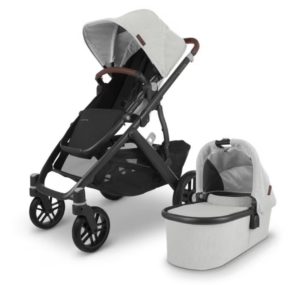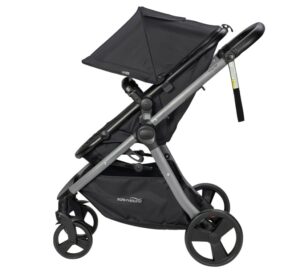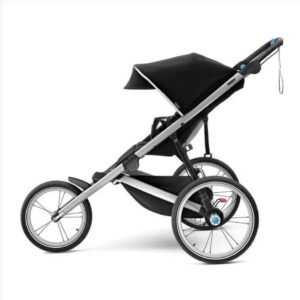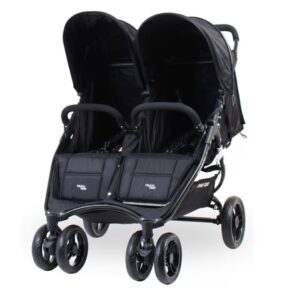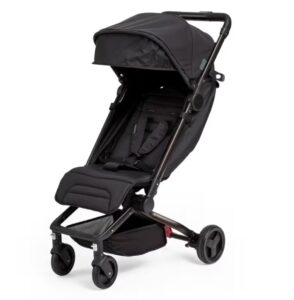The top point on your list when selecting the best pram for your little one should always be safety. Other useful features are nice, but they're far less important.
You should always check whether the pram you're considering buying meets the Australian Standard AS/NZS 2088. You're also going to want to consider things such as what type of harness is built in, whether the brakes are strong enough to keep your pram in place on a steep hill and whether there is a tether strap included.
We recommend always selecting a model which offers a five-point safety harness, as this is the safest and most secure option for your little one.
You'll also want to consider prams that have a UV shade covering, especially in Australia's harsh sun. It's not recommended to throw a muslin cloth over the pram as this can actually increase the heat levels, making it too hot for bub. Plus, muslin cloths don't actually offer any protection against UV rays. A pram with a decent UV shade canopy is the way to go.

